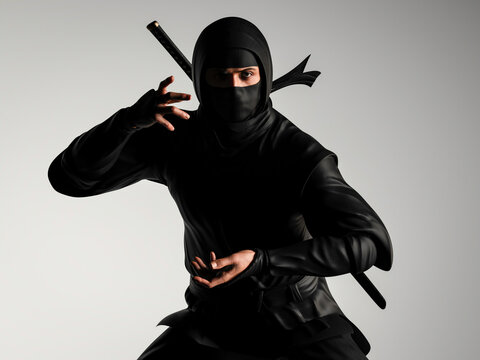Top 7 Industries Perfect for Ninja.ninja Domain
- Martial Arts Schools & Dojos: Establish instant credibility with traditional and modern ninja training programs
- Gaming & Esports Platforms: Perfect for stealth games, ninja-themed content, and competitive gaming communities
- Fitness & Training Centers: Ideal for agility training, obstacle courses, and specialized fitness programs
- Security & Surveillance Services: Convey stealth, precision, and professional security solutions
- Entertainment & Media: Perfect for ninja-themed movies, shows, books, and digital content
- E-commerce & Retail: Sell ninja gear, martial arts equipment, and themed merchandise
- Educational Platforms: Teach martial arts history, self-defense, and traditional Japanese culture



